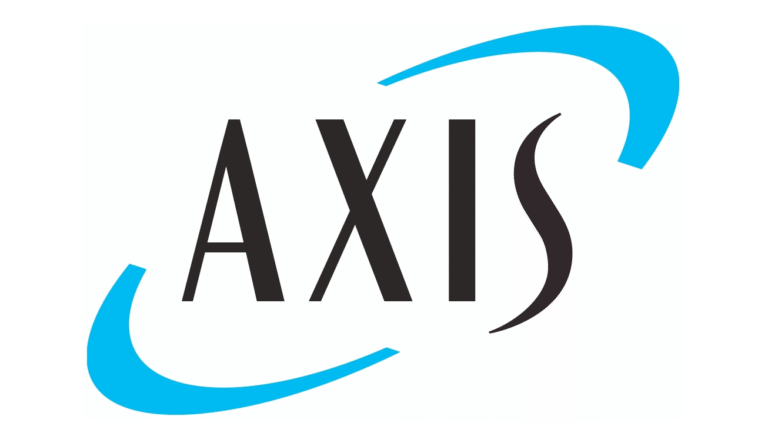
As risks grow more complex and investor scrutiny intensifies, exposure management (EM) is becoming a critical tool for reinsurers, not only to track tolerances, but to actively shape portfolios.

As reinsurance portfolios widen across more regions, classes and perils, EM is reportedly being asked to do something it was not always designed for: actively shape business, not just record it.
That is the argument from Allphins, the data-and-analytics specialist pitching EM as a live, decision-ready capability for underwriters and exposure teams.
According to the firm, there’s pressure to stay abreast of new tools, navigate noisy data, and retain skilled teams, all while maintaining meaningful underwriting discipline under the watchful eye of investors, the capital markets, Lloyd’s, regulators and boards.
“The tools and data at our disposal are more powerful than ever, but their complexity is a double-edged sword. EM professionals aren’t being asked to do more with less; more challengingly, they’re being expected to do more with more,” Allphins continued.
Laurent de la Porte, Allphins’ CEO, explained that EM has a role in “evaluating concentration, gaps and exposure so that you can optimise allocation.”
He added that the use of EM to balance risk in reinsurance is not just about tracking tolerances, but instead actively shaping the portfolio, anticipating concentration risk, finding overlooked correlations, and pushing back on false certainties.
“Like all data tools, what you get out is always a reflection of what you put in; so EM has imperfections. But insight shapes strategy, and EM offers robust insight in a discipline where the temptation to mould the theory to the narrative is always great,” Allphins said.
De la Porte also noted that Allphins’ data insights are often used as much for operational reporting as for portfolio analysis.
“After an event, investors, boards, and capital providers want numbers, often before cedants themselves have completed their assessments. But this need for speed creates tension with the realities of data availability and accuracy,” he said.
With this in mind, Allphins told Reinsurance News that it transforms exposure management from a reactive exercise to a proactive underwriting tool.
“Using Allphins, underwriters can understand the marginal contribution of a given cedant on its overall portfolio in terms of exposure distribution and premium. This lets underwriters maximise premium income while staying within specific exposure capacity limits and distribution constraints.
“Unlike incumbent systems, Allphins maintains live calculation for all scenarios. This means that an underwriter can adjust their line size on a treaty and immediately see how it affects admin-zone accumulations, peril concentrations, and overall portfolio balance. They can test multiple participation scenarios to find the optimal allocation before binding.”
On reconciling the need for rapid loss estimates with incomplete or imperfect data, the firm explained, “During a Cat event, because the exposure data, financial terms are up-to-date, and the scenarios calculations are ‘live’ in Allphins, re/insurers can have a detailed estimate of their exposure in near real time.
“Live events’ footprints from trusted sources are automatically fed directly into the system via API every 2 hours. Users can also upload a specific geoshape as better geogranularity data becomes available. Shapes can be overlaid with their exposure, and damage ratios applied to the ground-up exposure. This enables fast exposure calculation across their overall portfolio of cedants.”
With risks becoming more complex and diverse, Allphins also highlighted how it ensures exposure management teams have the tools and insights to keep pace.
“Allphins democratises complex exposure analysis by making it accessible to all the team members, not just experts. It’s designed to be user-friendly,” the firm explained.
“This eliminates over-reliance on modelling teams. The platform provides embedded analytics (year-over-year comparisons, TIV splits by multiple dimensions), which is always live and easily accessible. Its visualisation capabilities, such as heat maps at administrative and hexagonal levels, reveal concentration patterns that tables or lists obscure.
“In addition, Allphins’ infrastructure handles both exposure data and financial structures, and analytics into a single platform.
“This eliminates the need to juggle across multiple systems. This integrated approach means teams can respond to complex questions about cross-cedant accumulations or multi-peril scenarios without lengthy data extraction and manipulation processes.”
Finally, on how EM can support underwriting discipline in today’s volatile market, Allphins said, “From our experience, Cedant’s data submissions are diverse in quality and quantity. Seemingly clean data on the surface can fall apart under detailed scrutiny. With Allphins, exposure managers can assess and benchmark data quality across cedants or insureds.
“Also, Allphins automatically validates and enriches every single risk (address, asset names, or entity names), exposing potential gaps.
“This fundamentally changes the negotiation dynamic. Instead of trusting cedant representations, exposure managers can verify them with granular, enriched data. That’s the leverage our clients need in today’s evolving market.”





